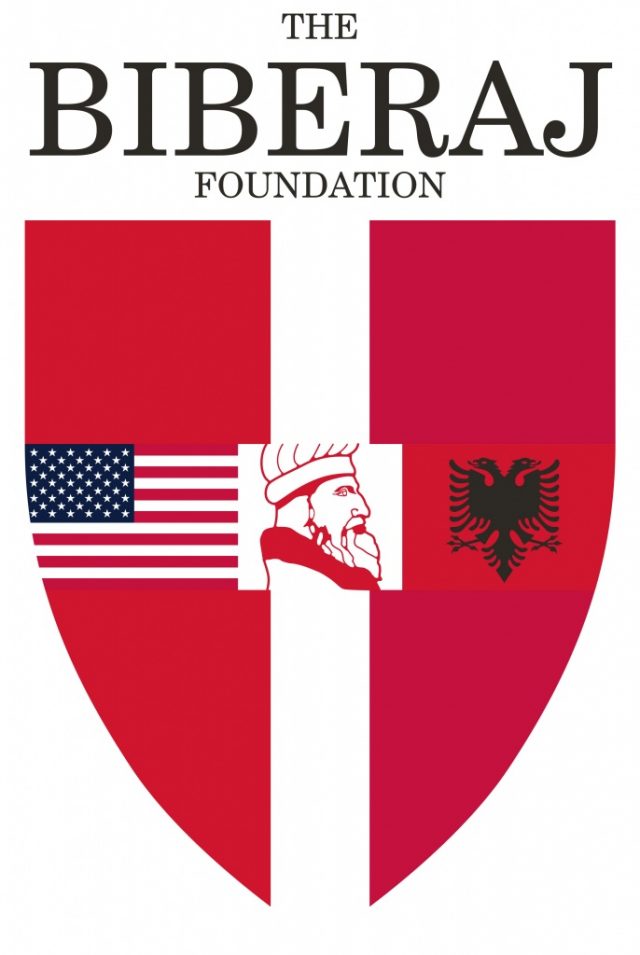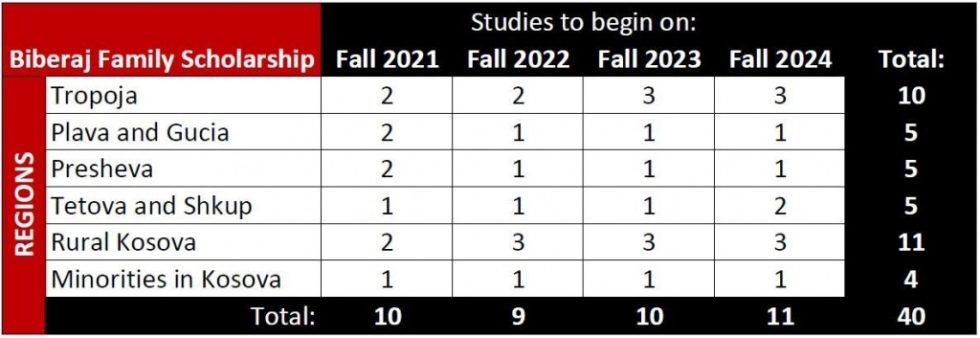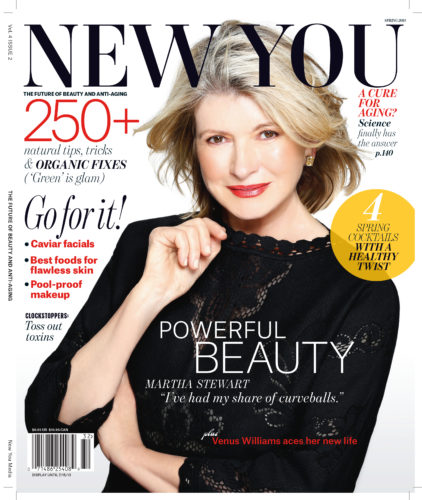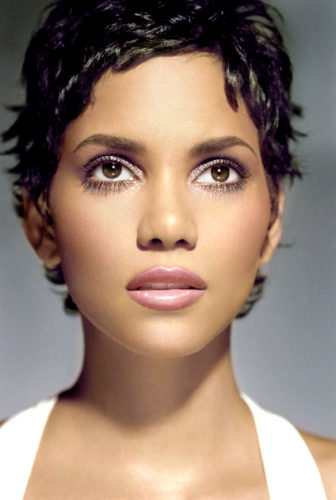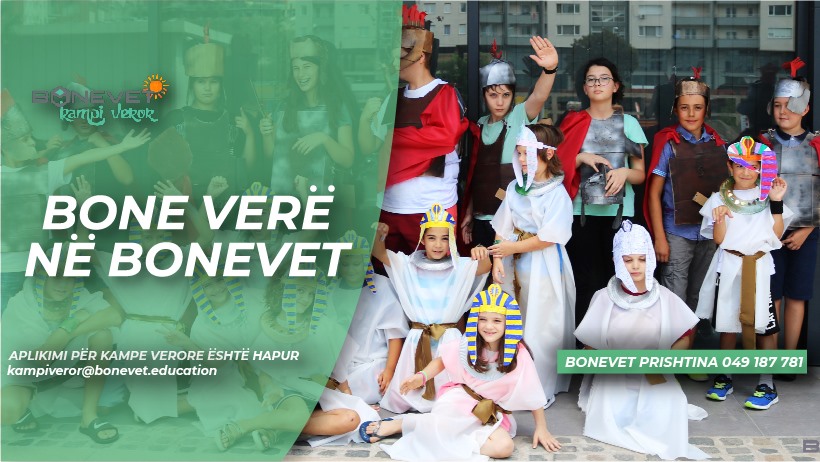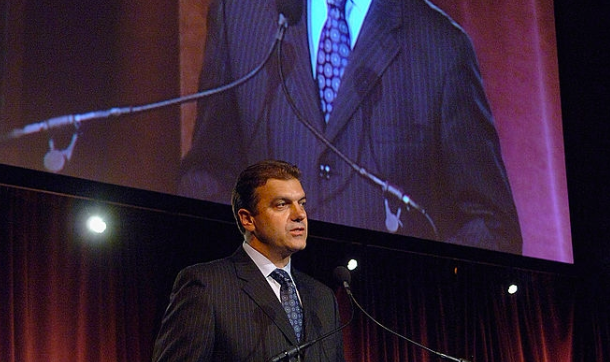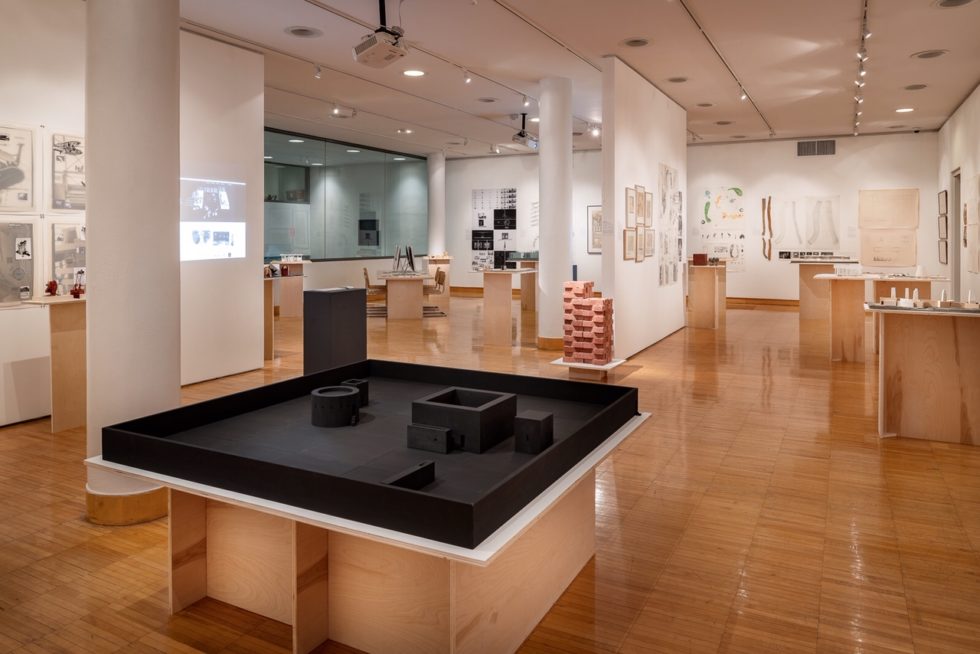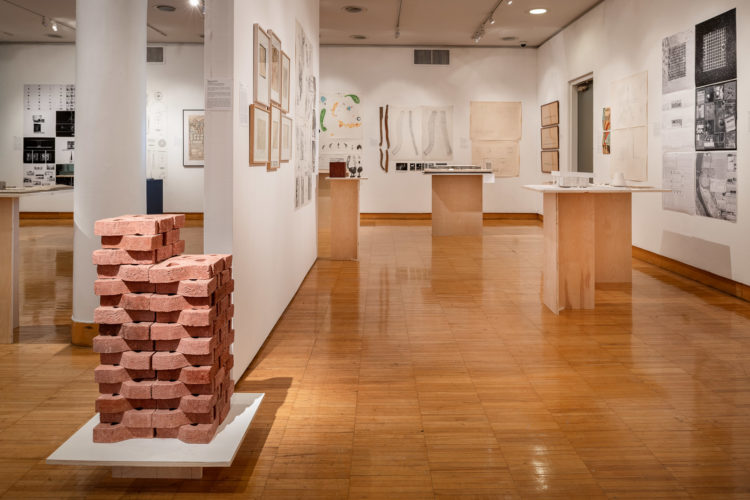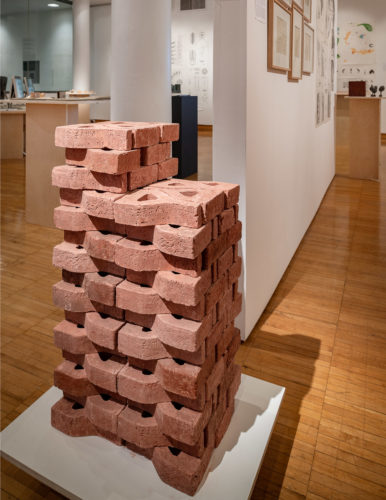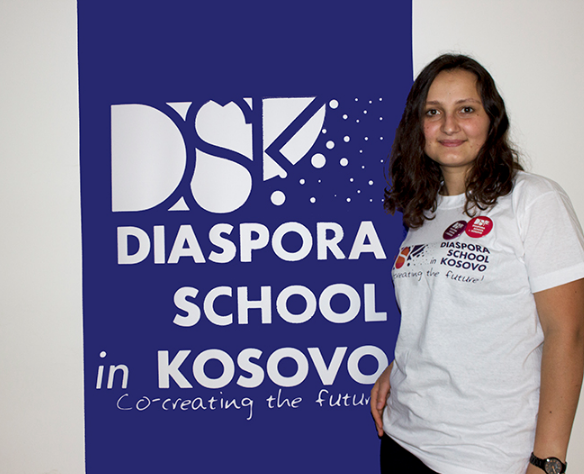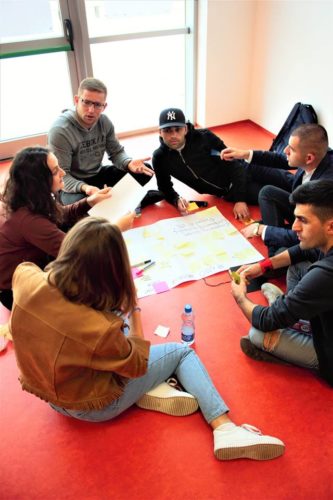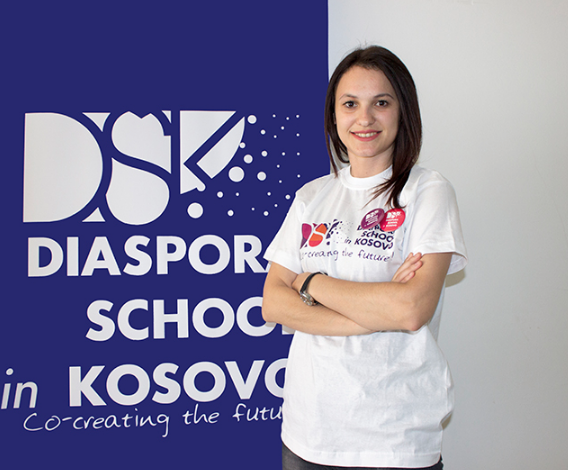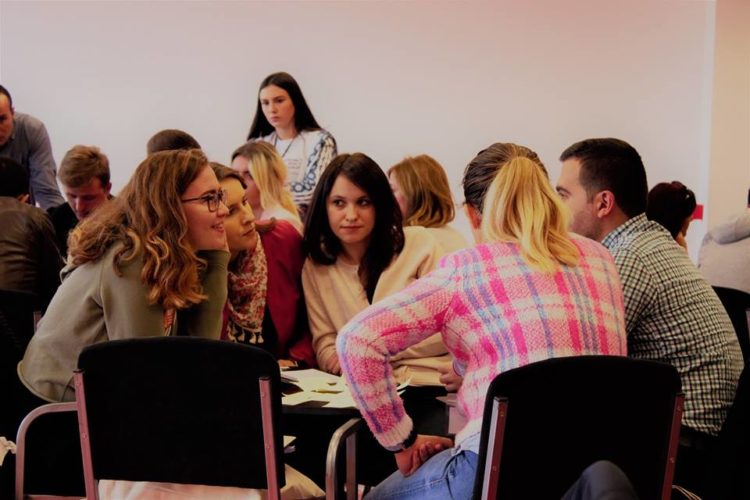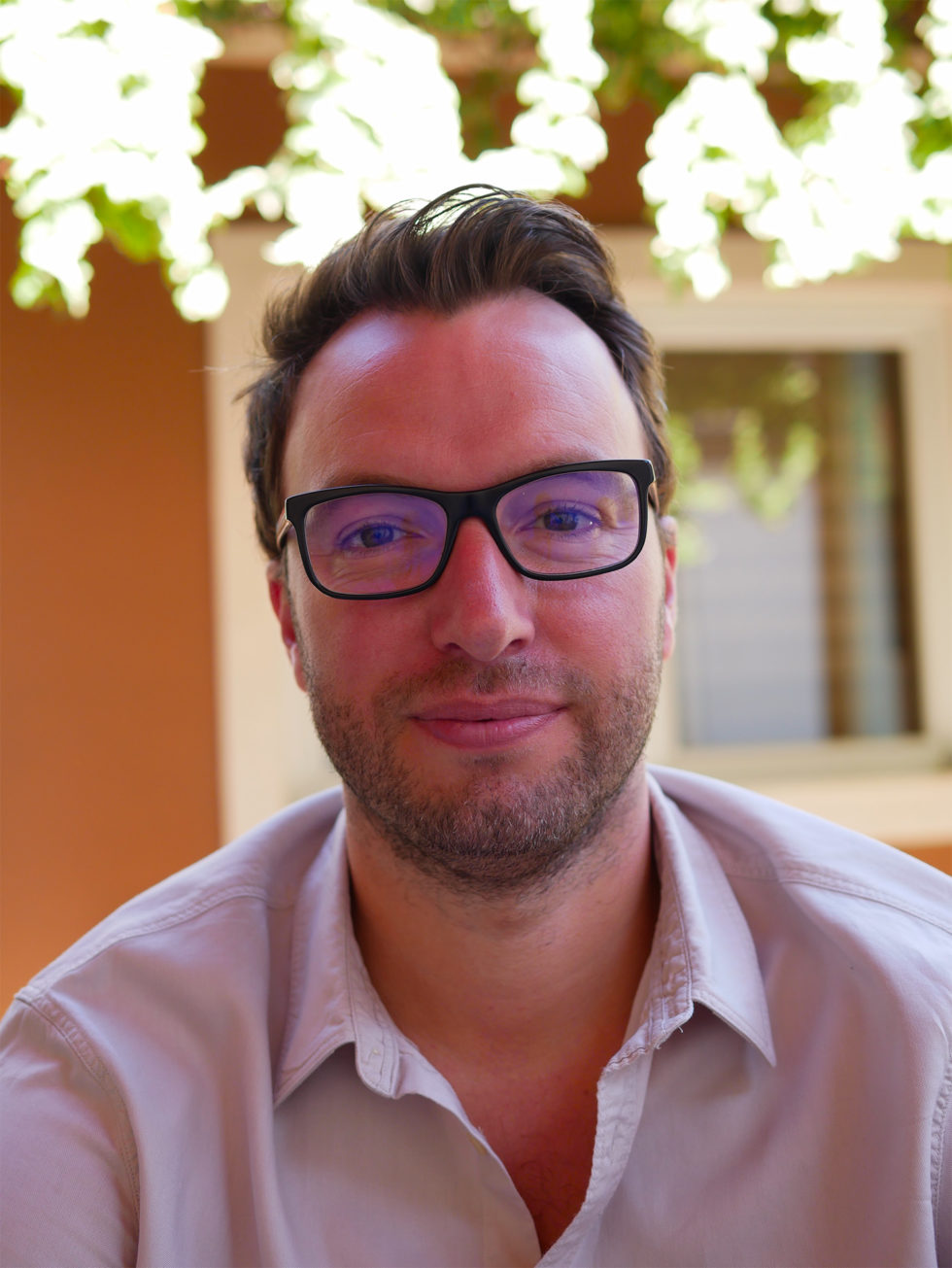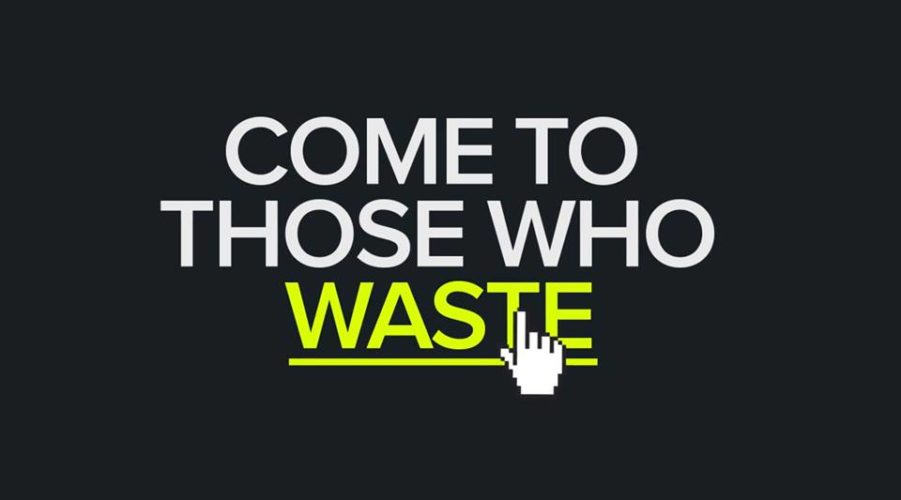The Biberaj Foundation Inc. announces a new academic scholarship, in the amount of $1,160,000, for 40 students to study to obtain a Bachelor’s degree at Rochester Institute of Technology in Kosova/American University in Kosova Foundation (“RIT Kosova (A.U.K)”).
The competitive Biberaj Family Scholarship provides for a total of 40 scholarship awards, granted over four years, to students with strong academic records and demonstrating financial need. Thirty-six of the scholarship awards will be granted to students of Albanian descent from Tropoja, Plava, Gucia, Presheva, Tetova, Shkup, and rural parts of Kosova, and four to students from minority groups in Kosova. It is the goal of the Biberaj Family Scholarship to grant a minimum of fifty percent and up to seventy-five percent of the scholarships to women. Preference in receiving a scholarship will be given to students interested in Science, Engineering, Technology, Math and Journalism concentrations.
Mr. Ken Biberaj, a spokesman for the Biberaj Foundation stated that: “The Biberaj Foundation is proud to support this innovative and exciting program. Like countless other families that emigrated to the United States, our family is very appreciative of the opportunities that America has given us and the success we have achieved. This scholarship aims to provide a truly global experience for these young people, with a strong emphasis on women and those prioritizing course work in science, engineering, technology, math and journalism.”
RIT Kosova (A.U.K.) will administer the scholarship and be responsible for recruiting the students. The College will provide Room and Board.
The RIT Kosova (A.U.K) President, Dr. Kamal Shahrabi, upon establishment of the Biberaj Family Scholarship thanked the Biberaj Foundation by stating: “I am very happy and appreciative that the Biberaj Foundation has selected RIT Kosova (A.U.K) to be the institution of their choice to provide the education to the recipients of the Biberaj Family Scholarship. The generosity of the Biberaj Foundation will enable 40 youngsters of Kosova and the region to receive an exceptional American education near home with the opportunity to get U.S. experience as well. The Biberaj Foundation generosity is a clear indication that the Biberaj family counts on our graduates for a better future in Kosova and the region. Thank you for placing your trust and support in RIT Kosova (A.U.K.) to turn the passion of the recipients of the Biberaj Family Scholarship into a career.”
As requirements of the Biberaj Family Scholarship, each student will spend one month each summer between each academic year, working to support community service in their home region, and each student will be required to complete a Capstone project by the end of their fourth year. Additionally, each student will spend one academic semester studying in the U.S. under RIT Kosova (A.U.K.) Global Scholar Program at the Rochester Institute of Technology’s New York campus. To maintain his or her scholarship, each student will need to maintain a superior grade point average.
Mr. Ken Biberaj, a spokesman for the Biberaj Foundation stated that: “The Biberaj Foundation is proud to support this innovative and exciting program. Like countless other families that emigrated to the United States, our family is very appreciative of the opportunities that America has given us and the success we have achieved. This scholarship aims to provide a truly global experience for these young people, with a strong emphasis on women and those prioritizing course work in science, engineering, technology, math and journalism.”
RIT Kosova (A.U.K.) will administer the scholarship and be responsible for recruiting the students. The College will provide Room and Board.
The RIT Kosova (A.U.K) President, Dr. Kamal Shahrabi, upon establishment of the Biberaj Family Scholarship thanked the Biberaj Foundation by stating: “I am very happy and appreciative that the Biberaj Foundation has selected RIT Kosova (A.U.K) to be the institution of their choice to provide the education to the recipients of the Biberaj Family Scholarship. The generosity of the Biberaj Foundation will enable 40 youngsters of Kosova and the region to receive an exceptional American education near home with the opportunity to get U.S. experience as well. The Biberaj Foundation generosity is a clear indication that the Biberaj family counts on our graduates for a better future in Kosova and the region. Thank you for placing your trust and support in RIT Kosova (A.U.K.) to turn the passion of the recipients of the Biberaj Family Scholarship into a career.”
As requirements of the Biberaj Family Scholarship, each student will spend one month each summer between each academic year, working to support community service in their home region, and each student will be required to complete a Capstone project by the end of their fourth year. Additionally, each student will spend one academic semester studying in the U.S. under RIT Kosova (A.U.K.) Global Scholar Program at the Rochester Institute of Technology’s New York campus. To maintain his or her scholarship, each student will need to maintain a superior grade point average.
This merit-based financial need scholarship is open to anyone who meets the following requirements:
- Is of Albanian descent from one of the following regions: rural parts of Kosova, Tropoja, Plava, Gucia, Presheva, Tetova, and Shkup, or is from one of the minority groups of Kosova.
- Completes RIT (A.U.K)’s application specifically for this program.
- Able to demonstrate an outstanding academic record and achievements.
- Has been active in extra-curricular activities.
- Must have completed a High School Degree by the time of scholarship award.
- Able to demonstrate financial need.
- Proficient in spoken and written English at the time of application. The application, selection process, and interview are all conducted in English.
- Able to demonstrate strong mathematical skills.
An announcement with more information and access to the online applications for the 2021-2022 academic year, will become available at https://Kosovo.rit.edu/
Source: Here
